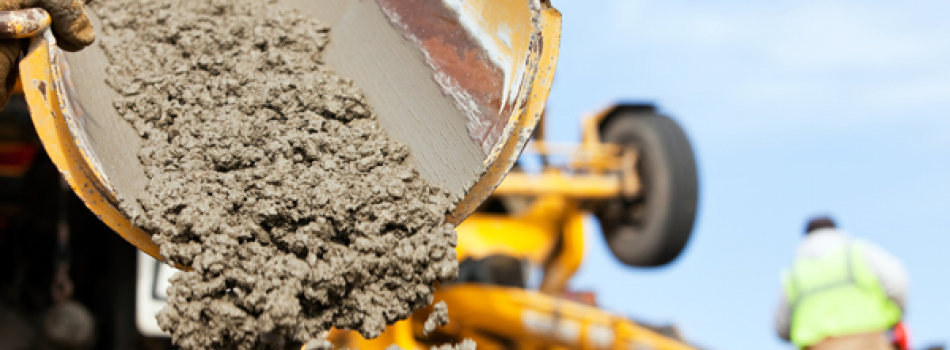Improving a trusted material
Get ready for buildings, bridges and other infrastructure made of sustainable cement.
Making cement requires a lot of energy. Usually this energy comes from greenhouse gas-emitting fossil fuels. But Canadian cement maker, Lafarge, has partnered with Natural Resources Canada, Queen’s University, and CMC Research Institute to develop a low-carbon alternative fuel.
At its plant in Bath, ON, Lafarge collects local waste diverted from landfills, including railway ties, roof shingles and construction debris, and uses it to heat the ingredients that make cement to about 1,500 degrees Celsius.
Check out this interactive model of the cement manufacturing process.
Initial results show these low-carbon alternatives produce half of the greenhouse gas emissions of traditional fuel.
These results mean big benefits for Canada’s economy and environment. Cement produces 3.8% of carbon emissions in Canada. Lafarge’s research could result in innovations that put a dent in that number nationally and even internationally.
How do we help businesses get innovative ideas like this to market?
Businesses and researchers across Canada are experimenting with clean innovations that could become important parts of Canada’s move to a stronger, cleaner economy. When they succeed in developing a valuable product, they need to commercialize that product and bring it to market.
Accelerating clean innovation in Canada means helping businesses and researchers turn their bright ideas into saleable products. Government and the private sector can both have roles to play in that. Find out more with our latest work on accelerating clean innovation in Canada.



